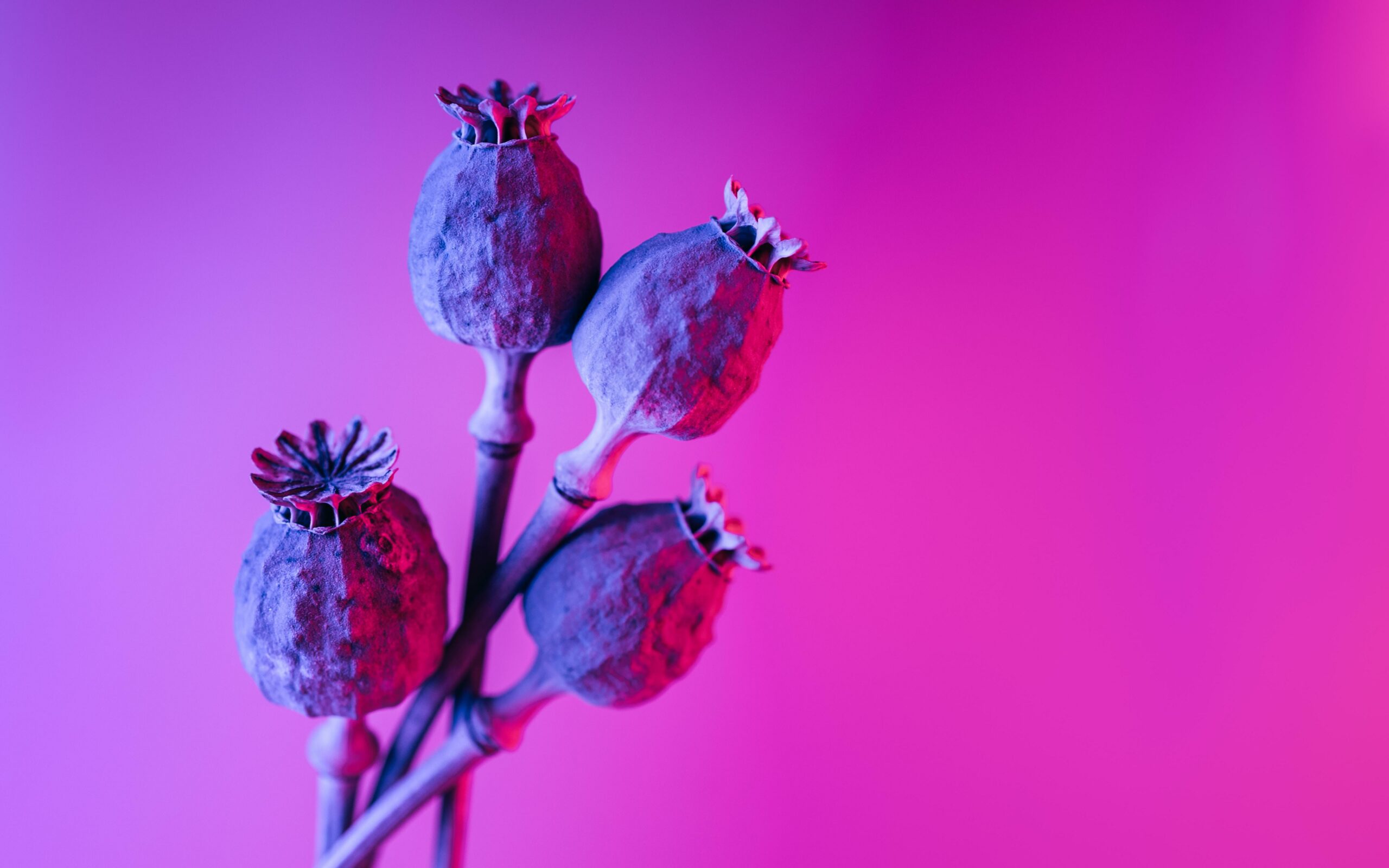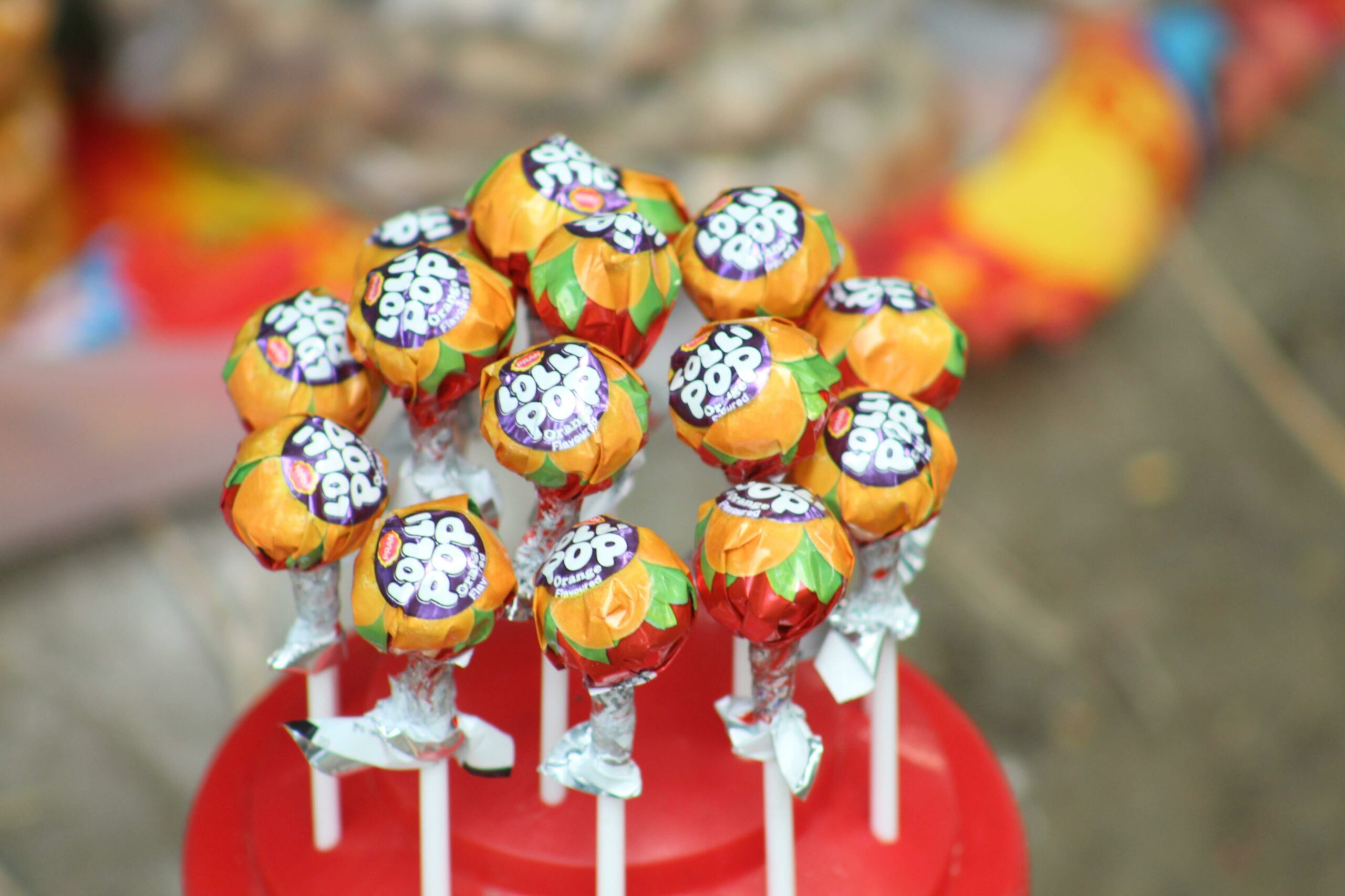Welcome to the world of lollipop crafting, where the art of manufacturing techniques intertwines with the science of creating delectable sugary treats. In this article, we delve into the captivating realm of luscious lollipop production, exploring the mastery behind the techniques that ensure the perfect balance of taste, texture, and visual appeal. As a seasoned confectionery specialist with a passion for the craft, I invite you to join me on a journey of discovery, as we unravel the secrets behind creating irresistible lollipops that tantalize both the taste buds and the eyes.

Manufacturing Technique for Lollipops
When it comes to creating lollipops, it’s all about understanding the art and science behind the manufacturing technique. As a seasoned confectionery specialist, I have years of experience in perfecting the process of crafting delicious and visually appealing lollipops. Let’s delve into the intricacies of lollipop manufacturing that will surely leave your taste buds craving for more.
The Ingredients that Make it Happen
At the heart of lollipop manufacturing lies the perfect blend of ingredients. The main players in this sugary symphony are sugar and corn syrup. These two ingredients are mixed together in an industrial mixer heated to around 100 degrees centigrade. As they combine, they create the base for our delightful confection. But hold on, there’s more to making lollipops than just these two ingredients.
Quote: “Just like a masterpiece painter, every ingredient in the lollipop manufacturing process plays a crucial role in creating a symphony of flavor and visual delight.”
Cooking the Magic Mixture
Once the mixture of sugar and corn syrup has been thoroughly blended, the next step is to cook it to perfection. This cooking stage is what brings out the delectable taste and gives lollipops their signature texture. The mixture is heated to approximately 130 degrees centigrade, all while being kept within a vacuum. This unique cooking environment ensures that the lollipop mixture reaches its ideal consistency and mouthwatering flavor.
Quote: “Cooking lollipops is like dancing to a rhythmic tune, maintaining the perfect temperature and pressure to unlock their full potential.”
Adding Flavor Indulgences
One of the joyous aspects of lollipop crafting is the breadth of flavors that can be incorporated. It’s an opportunity to unleash your creativity and cater to a variety of taste preferences. Lollipops can be flavored with artificial or natural ingredients, or even a blend of both. Some popular choices include fruity flavors like strawberry or watermelon, while others opt for more exotic choices like cotton candy or bubblegum. To enhance the taste experience, citric or malic acid is often added to give lollipops a tangy kick.
Quote: “Flavors are like the hidden gems within lollipops, ready to surprise and delight every taste bud.”
Sculpting Sweetened Art
Now that we have our perfectly cooked and flavored lollipop mixture, it’s time to transform it into the delightful shapes we’ve come to love. Shaping lollipops is done using specially designed rollers that flatten the cooked and flavored dough into spheres or cylinders. These rollers are akin to the sculptor’s tools, carefully molding the lollipop mixture into its final form. The result is an array of visually appealing shapes that capture our imagination and bring joy to every lick.
Quote: “Just like a sculptor coaxes beauty from a block of marble, lollipop rollers shape and mold the mixture into edible masterpieces.”
Packaging the Sweet Temptation
With our vibrant and flavorful lollipops ready to be shared with the world, the final step is packaging. In modern lollipop production, this process is fully automated. Lollipops are transported on a conveyor belt where they are individually wrapped in cellophane, ensuring the freshness and integrity of each piece. These packaging machines work tirelessly, swiftly wrapping millions of lollipops per day.
Quote: “From the moment they’re wrapped, lollipops can’t wait to be unwrapped and savored, bringing a burst of sweetness to any moment.”
A Sweet Conclusion
Crafting lollipops is a delicate balance of art and science, requiring precise techniques and attention to detail. Modern lollipop manufacturing has evolved to incorporate advanced processes and machinery, allowing for unique and appealing products that captivate consumers.
Quote: “Lollipop manufacturing is like a symphony of flavors and colors, each step carefully orchestrated to deliver a delightful treat that brings smiles to faces all around the world.”
And now, armed with a deeper understanding of the manufacturing technique for lollipops, you can truly appreciate the wonders that go into creating these luscious treats. So go ahead, indulge in the sweet pleasure of a perfectly crafted lollipop, and savor each delicious moment.
Lollipops are a magical treat loved by kids and adults alike. Have you ever wondered how these delightful confections are made? Well, wonder no more! If you’re curious about the fascinating process behind the creation of lollipops, click here to uncover the secrets. With just one click, you’ll be transported to a world of sugar, syrup, and swirling colors. Discover the art and science of lollipop production and satisfy your curiosity. Don’t miss out on this sweet adventure! Explore the mesmerizing journey of how lollipops are made by clicking on this link: How Are Lollipops Made. Let the tantalizing world of lollipops unfold before your eyes.
FAQ
Q: What temperature is the lollipop mixture heated to during the cooking process?
A: The lollipop mixture is heated to around 130 degrees centigrade within a vacuum.
Q: What are the key ingredients used in making lollipops?
A: The primary ingredients used in making lollipops are sugar and corn syrup.
Q: How are lollipops shaped into their final form?
A: Lollipops are shaped using rollers that flatten the cooked and flavored dough into spheres or cylinders.
Q: What is the history behind lollipops?
A: Lollipops were first made in the 1920s by a candymaker named George Smith, who attached a hard candy to a stick and named it “lollypop” after his favorite racehorse.
Q: How are lollipops packaged?
A: Lollipops are packaged using machines, with the lollipops transported on a conveyer belt and wrapped in cellophane.
- Unlock Water’s Symbolism: A Cross-Cultural Exploration - April 20, 2025
- Identify Black and White Snakes: Venomous or Harmless? - April 20, 2025
- Unlocking Potential: Origins High School’s NYC Story - April 20, 2025















